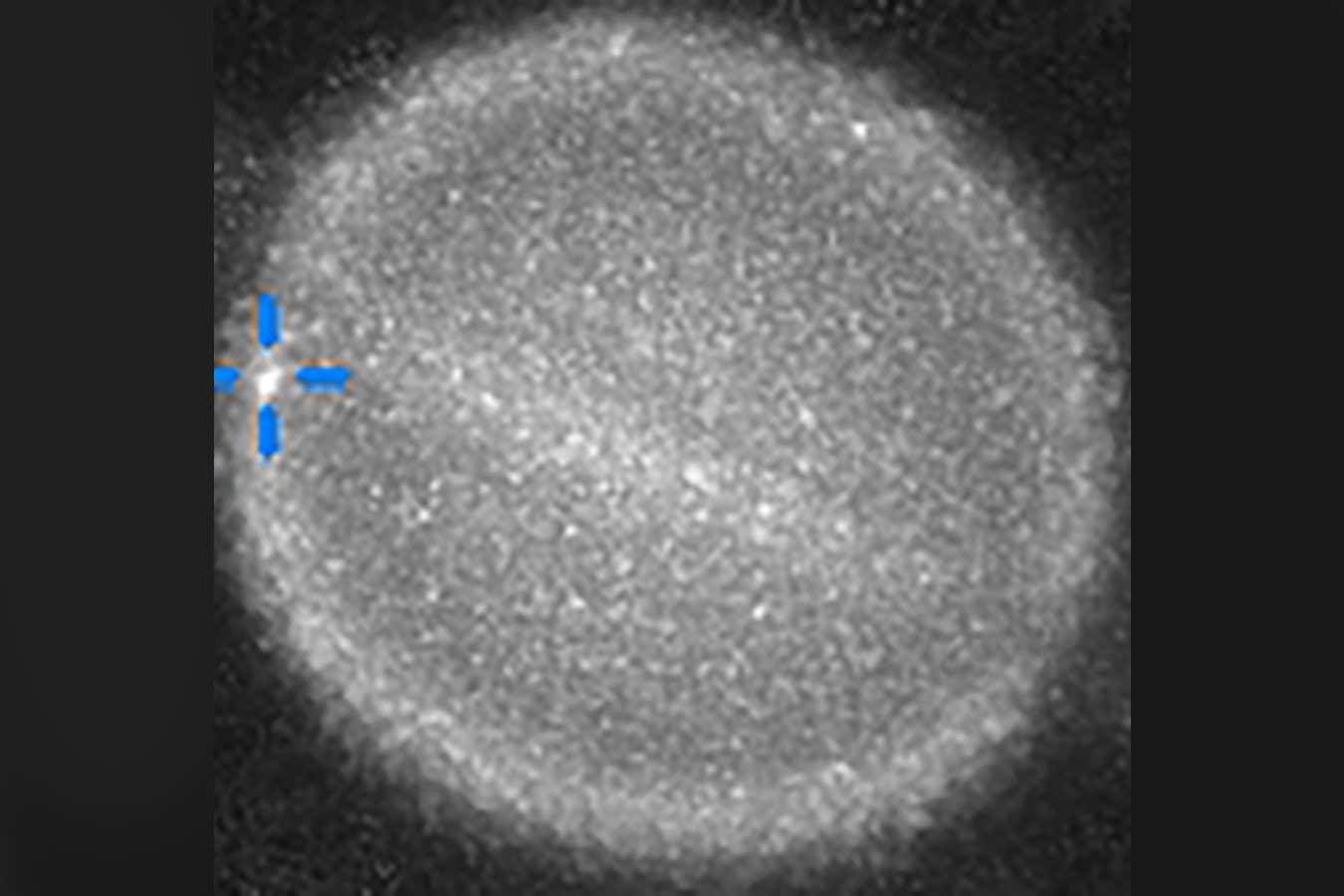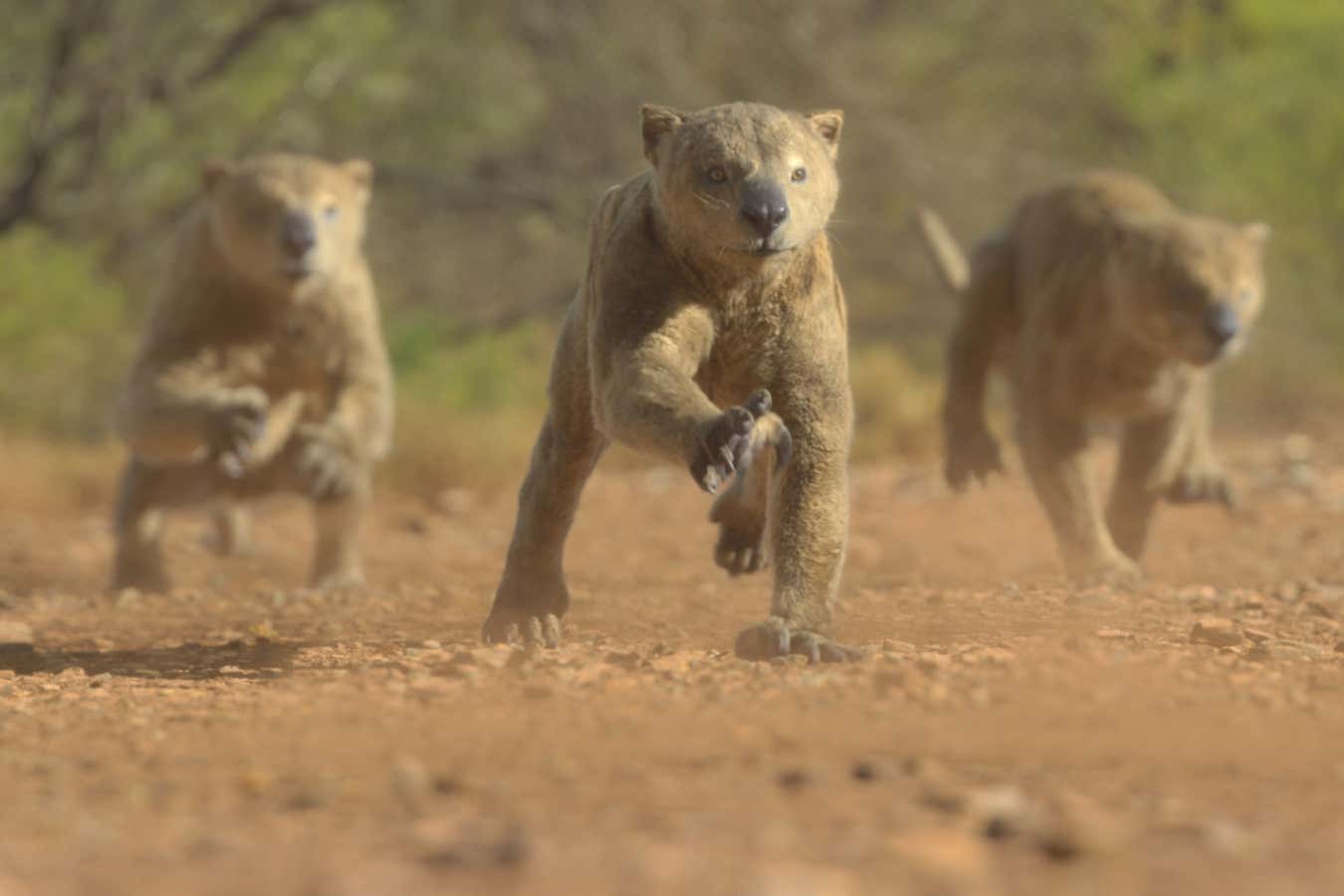
Is the flash highlighted in blue a data glitch, or something more?
Mario Rana
Something may have just hit Saturn – and, if so, an amateur astronomer could hold the key to confirming the event, which would be the first ever recorded on the gas giant.
About seven asteroids or comets are estimated to impact Saturn every year, but no such event has ever been caught on camera. Now, NASA employee and amateur astronomer Mario Rana has recorded images that appear to show just that.
Rana is a contributor to a project called DeTeCt that uses software to analyse images of Jupiter and Saturn in the hopes of picking up the momentary flash of an impact. If two such flashes are caught in different data taken with different telescopes – ruling out the chance that the object is a glitch – then an impact can be verified.
Ricardo Hueso at the University of the Basque Country in Spain, who also works on DeTeCt, says that work is under way to find data that can confirm if Rana’s detected flash is the “signature of a faint impact or if it is just a noisy pixel in the camera”. In particular, astronomers want footage of Saturn taken on 5 July between 9am and 9.15am UTC.
“If only one person sees this flash – and that’s where we’re at the minute – there’s still a very high chance it won’t be real. It’ll just be a speckle in their observations,” says Leigh Fletcher at the University of Leicester, UK. “If somebody else saw the same flash, fantastic, we’ve got an impact.”
Mark Norris at the University of Central Lancashire, UK, says that the popularity of astronomy as a hobby and the quality of modern telescopes bode well. “There’s a fair chance out there that someone has something that they either haven’t looked at yet, or they just discounted it as a problem they were having,” he says.
That said, even if the impact is verified, there is a limited amount of science that can be done with the data, due to a lack of information about the object. The ideal scenario would be spotting an object ahead of time and being able to make observations so that we know its speed and mass, and therefore be able to judge the effects of its impact against known variables. This happened when the comet Shoemaker-Levy 9 hit Jupiter in 1994, the first time we had ever had advanced notice of a collision between a comet and a planet.
Topics:







